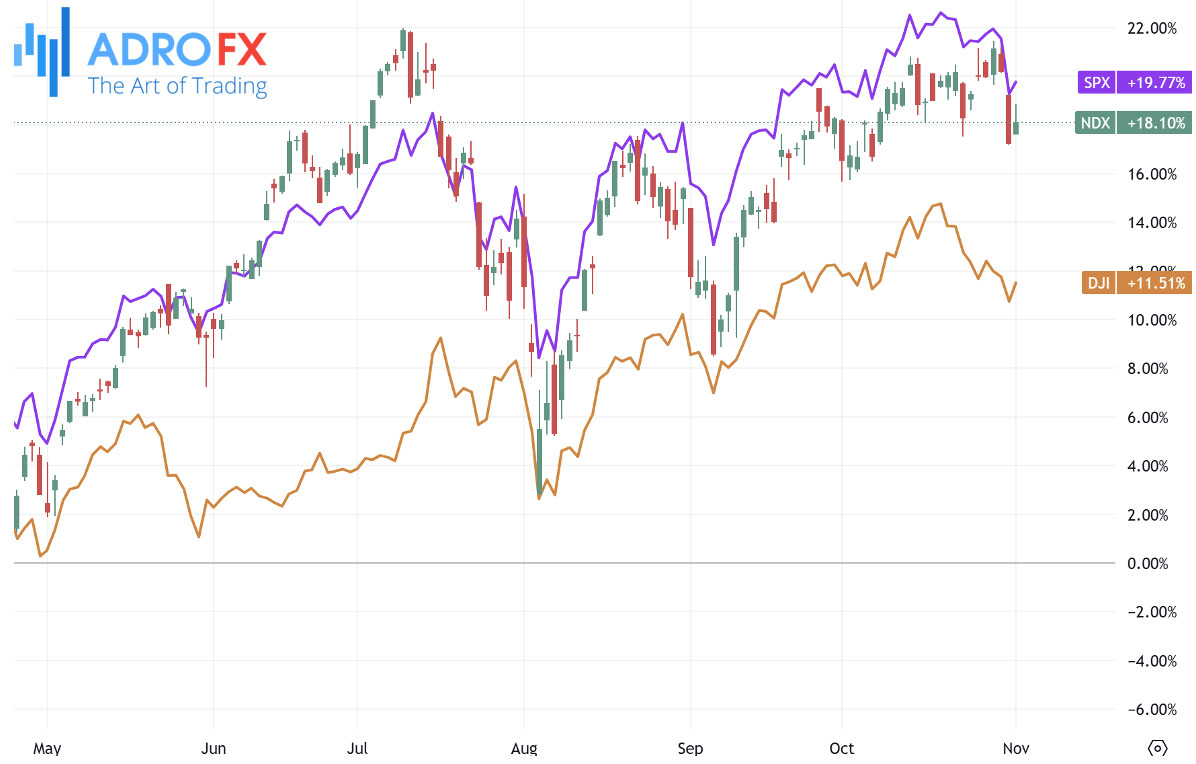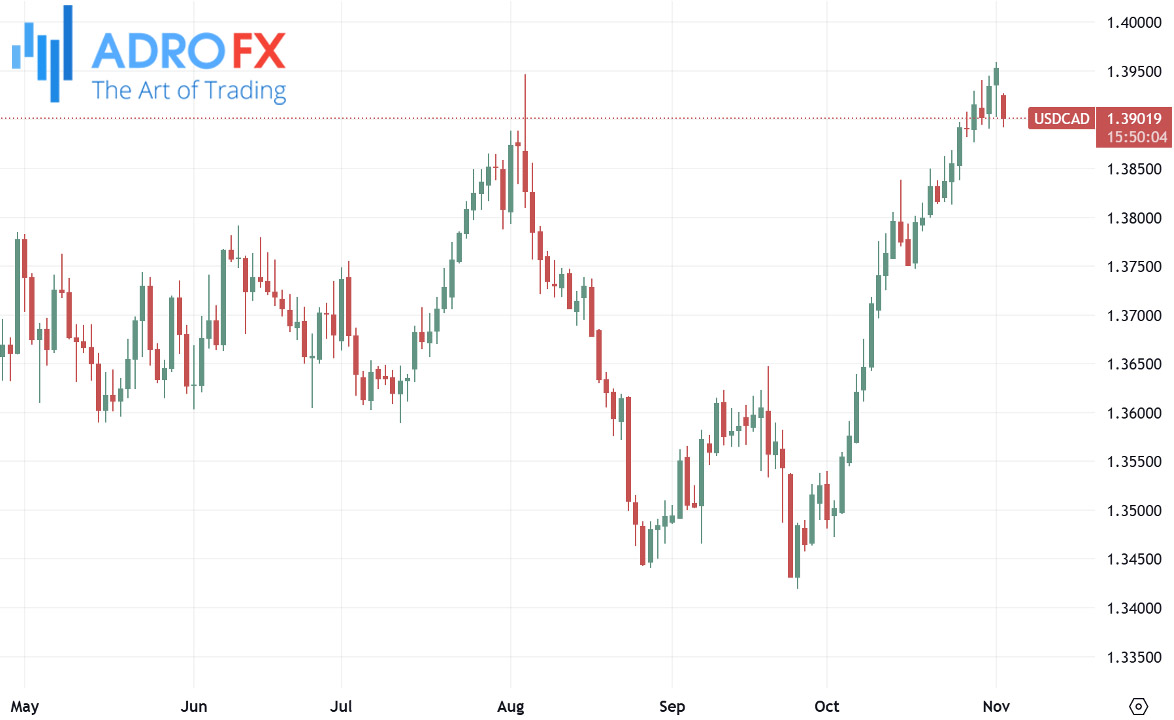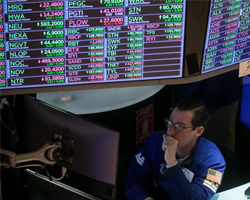Global Markets Respond to US Jobs Data, Fed Rate Cut Anticipation, and Election Uncertainty | Daily Market Analysis

Key events:
- Eurozone - Eurogroup Meetings
- Eurozone - ECB's Elderson Speaks
- New Zealand - RBNZ Financial Stability Report
The Dow Jones Industrial Average rose by nearly 300 points, or 0.71%, on Friday, driven by weaker-than-expected economic data that strengthened investor expectations for more easing from the Federal Reserve. Wall Street reversed course after Thursday's losses, staging a strong rally ahead of the weekend.
At the New York Stock Exchange close, the Dow Jones gained 0.69%, the S&P 500 index increased by 0.41%, and the NASDAQ Composite index climbed 0.80%. Wall Street indexes had been grappling with recent losses due to a series of mixed earnings reports from major technology companies.

While most September-quarter earnings surpassed expectations, subdued forecasts from key players like Microsoft Corporation and Apple Inc., along with projected increases in capital expenditures, weighed on large tech stocks.
The latest data from the US Bureau of Labor Statistics (BLS) showed that strong hurricanes and union strikes affected October’s Nonfarm Payrolls, with only 12,000 jobs created compared to the expected 113,000. Despite this, the unemployment rate held steady at 4.1%, with traders bracing for additional economic data.
The Institute for Supply Management (ISM) recently reported a decline in manufacturing activity for the seventh consecutive month, reaching its lowest level since July 2023. The ISM Manufacturing PMI dropped from 47.2 to 46.5, missing forecasts of 47.6.
Meanwhile, the Australian Dollar strengthened after the release of the Melbourne Institute's Inflation Gauge. The Reserve Bank of Australia is expected to maintain the cash rate at 4.35% in Tuesday’s policy meeting, as core inflation remains elevated. The anticipated hawkish stance by the RBA continues to support the AUD, boosting the AUD/USD pair.

The TD-MI Inflation Gauge rose by 0.3% month-over-month in October, compared to a 0.1% increase in the prior month, marking the highest reading since July and ahead of the RBA’s November policy meeting. Annually, the gauge rose by 3.0%, up from the previous 2.6%.
USD/CAD has been trading around 1.3900 during Asian hours on Monday, benefiting from higher oil prices, supported by OPEC+’s delay in planned output increases. West Texas Intermediate (WTI) oil prices rose about 2% on Monday, trading around $70.50 per barrel during Asian hours. On Sunday, the OPEC+ alliance extended its 2.2 million barrels per day (bpd) production cut through December 2024, citing weak demand and rising supply outside the group. The group reaffirmed its commitment to achieving production targets and compensating for overproduction by September 2025.

The Japanese Yen gained strength on Monday as the US Dollar weakened, potentially driven by increased uncertainty surrounding Tuesday's US presidential election. However, limited liquidity in the JPY was noted due to Japan’s Sports Day, which prevented physical trading of US Treasuries.
Looking ahead, the JPY could see further volatility as political and policy uncertainties grow following a parliamentary majority win by Japan’s Liberal Democratic Party (LDP) coalition, raising questions about the Bank of Japan’s policy direction. BoJ Governor Kazuo Ueda commented last Thursday that economic risks in the US seem to be diminishing, which may open the door for a potential rate hike. For now, the BOJ has held its policy rate steady at 0.25%.

The GBP/USD pair rose to near 1.2970 during Asian trading hours on Monday, as the weaker US Dollar provided support. The softer nonfarm payrolls data for October contributed to USD selling pressure. The Bank of England is anticipated to cut interest rates on Thursday, despite forecasts that Labour’s budget may drive inflation higher next year. Money markets are signaling confidence in a second 25-basis-point reduction, lowering the BoE’s policy rate to 4.75%.

Traders are closely watching the upcoming US presidential election on Tuesday, as recent polling by The New York Times and Siena College shows tight competition in crucial battleground states. Vice President Kamala Harris holds slight leads in Nevada, North Carolina, and Wisconsin, while former President Donald Trump maintains a narrow edge in Arizona. Michigan, Georgia, and Pennsylvania remain highly contested, with poll results falling within a 3.5% margin of error.
In addition, markets are eagerly anticipating the US Federal Reserve's policy announcement, where a 25-basis-point rate cut is widely expected this week. The CME FedWatch Tool currently shows a 99.6% likelihood of the Fed implementing this quarter-point reduction in November.









